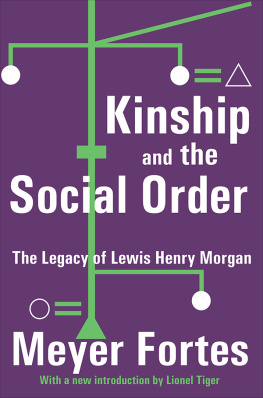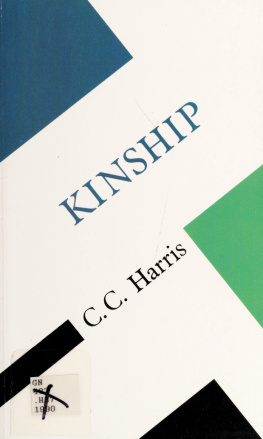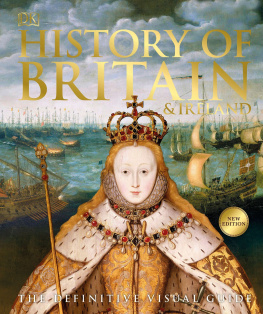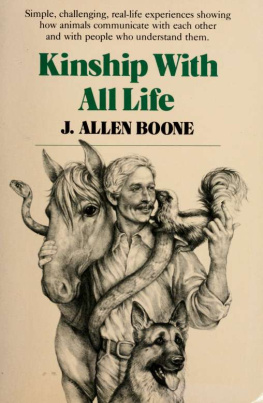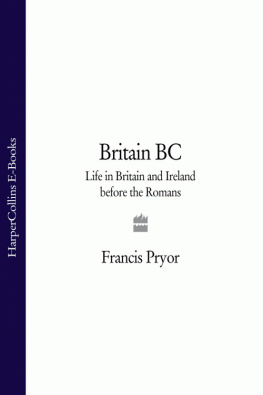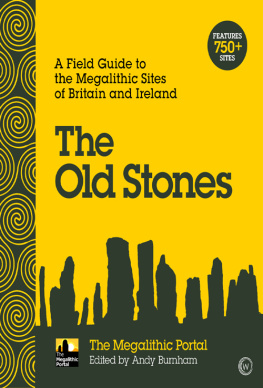Bronze Age Worlds
Bronze Age Worlds brings a new way of thinking about kinship to the task of explaining the formation of social life in Bronze Age Britain and Ireland.
Britain and Irelands diverse landscapes and societies experienced varied and profound transformations during the twenty-fifth to eighth centuries BC. Peoples lives were shaped by migrations, changing beliefs about death, making and thinking with metals, and living in houses and field systems. This book offers accounts of how these processes emerged from social life, from events, places and landscapes, informed by a novel theory of kinship. Kinship was a rich and inventive sphere of culture that incorporated biological relations but was not determined by them. Kinship formed personhood and collective belonging, and associated people with nonhuman beings, things and places. The differences in kinship and kinwork across Ireland and Britain brought textures to social life and the formation of Bronze Age worlds.
Bronze Age Worlds offers new perspectives to archaeologists and anthropologists interested in the place of kinship in Bronze Age societies and cultural development.
Robert Johnston is a Senior Lecturer in Landscape Archaeology at the University of Sheffield. He has published articles and edited books on aspects of landscape archaeology and the later prehistory of Britain and northwest Europe. He currently researches landscape transformations in western Britain.
Bronze Age Worlds
A Social Prehistory of Britain and Ireland
Robert Johnston
First published 2021
by Routledge
2 Park Square, Milton Park, Abingdon, Oxon OX14 4RN
and by Routledge
52 Vanderbilt Avenue, New York, NY 10017
Routledge is an imprint of the Taylor & Francis Group, an informa business
2021 Robert Johnston
The right of Robert Johnston to be identified as author of this work has been asserted by them in accordance with sections 77 and 78 of the Copyright, Designs and Patents Act 1988.
All rights reserved. No part of this book may be reprinted or reproduced or utilised in any form or by any electronic, mechanical, or other means, now known or hereafter invented, including photocopying and recording, or in any information storage or retrieval system, without permission in writing from the publishers.
Trademark notice: Product or corporate names may be trademarks or registered trademarks, and are used only for identification and explanation without intent to infringe.
British Library Cataloguing-in-Publication Data
A catalogue record for this book is available from the British Library
Library of Congress Cataloging-in-Publication Data
A catalog record has been requested for this book
ISBN: 978-1-138-03787-8 (hbk)
ISBN: 978-1-138-03788-5 (pbk)
ISBN: 978-1-315-17763-2 (ebk)
Typeset in Bembo
by codeMantra
For Anna and Florrie
Additional illustration and text credits
The image AP_2007_0095 Maeni Hirion is Crown copyright and is reproduced with the permission of Royal Commission on the Ancient and Historical Monuments of Wales (RCAHMW), under delegated authority from The Keeper of Public Records.
Extract from Leigh, Margaret. 2018. Spade Among the Rushes. Birlinn Origin, Edinburgh. Copyright the Estate of Margaret Leigh. Reproduced with permission of The Licensor through PLSclear.
Eighty-seven (87) words from Connemara: A Little Gaelic Kingdom by Tim Robinson (Penguin Books 2011) Copyright Tim Robinson, 2011.
I benefited from the help and forbearance of many friends and colleagues during the writing of this book. The Department of Archaeology, University of Sheffield, provided me with time (two semesters of research leave), financial assistance (towards the production of illustrations) and a collegiate environment in which to work. I began writing the book in late 2016, when I had the good fortune to spend a short period as a visiting researcher at the Department of Archaeology, University College Dublin (UCD). Particular thanks to Graeme Warren for welcoming me to UCD, and for guiding me to some of the anthropological research that has influenced my thinking about kinship. It was while in Dublin that I approached Routledge with a book proposal. I am grateful to Matthew Gibbons at Routledge for the early encouragement and advice, and to Katie Wakelin for her editorial support.
Anna Badcock, Neil Carlin, Anwen Cooper, Oliver Davis, Chris Dwan, Duncan Garrow, Melanie Giles, Paul Halstead, Barry Heafield, Glynis Jones, Emily La Trobe Bateman, Ben Roberts and John Roberts were all kind enough to read and comment on drafts of chapters. Their suggestions were immensely helpful, and I hope I have reflected at least some of their wise feedback in the published text.
Rowan May (ArcHeritage) completed all the line drawings with her usual thoroughness and to a tight deadline. Bill Bevan shared a selection of his splendid photographs of monuments in Britain and Ireland (billbevanphotography.co.uk). John Wedgwood Clark and Julie Cruikshank permitted me to use quotations from their publications. Individuals, archaeological companies, archives and museums have kindly helped with images and permissions to reproduce illustrations: Adam Gwilt and Kay Kays (National Museum of Wales); Andy Jones (Cornwall Archaeological Unit); Ann Woodward; Billy OBrien (University College Cork); Chris Chapman; Chris Evans, Andy Hall and Mark Knight (Cambridge Archaeological Unit); Clare McNamara (National Museum of Ireland); Colchester Museums; Eva Bryant (Historic England Archive); Fraser Hunter, Matt Knight and Maggie Wilson (National Museum of Scotland); Gary Duckers (Clwyd-Powys Archaeological Trust); Gavin MacGregor (Northlight Heritage); Hazel Moore (EASE Archaeology); Jamie Quartermaine (Oxford Archaeology North); John Allan; Julie Curle; Kenny Brophy (University of Glasgow); Lisa Brown (Wiltshire Museum); Lyn Wilson (Historic Environment Scotland); Maria Medlycott (Essex County Council); Mark Gardiner (University of Lincoln); Martha Jasko-Lawrence (Museums Sheffield); Matt Brudenell (Oxford Archaeology East); Nigel Blackamore (y Gaer Museum, Art Gallery, LibraryBrecon); Olivia Lelong; Penny Icke and Toby Driver (Royal Commission on the Ancient and Historical Monuments of Wales); Pippa Bradley (Wessex Archaeology); Sharon Webb and Aaron Watson (Kilmartin Museum); Stephen Carter; Stephen Weir (National Museums NI); Thomas Cadbury (Royal Albert Memorial Museum, Exeter); Wendy Mitchell (Tourism Ireland).
This book is dedicated to Anna and Florrie, my closest kin, and the ones who have given the most so that I could complete the writing.
Introduction
Dowris
Two men digit is the 1820s, in an unremarkable potato field in the middle of Ireland, close to the meeting of four townland boundaries on Lough Coura, County Offaly (crotals, along with pieces of bronze and metalworking rubbing stones (Eogan 1983, 117142). It was deposited in the tenth or ninth century BC (Becker 2012).

Published accounts of the Dowris discovery appeared a few decades after the event, with consequential divergences in reported facts and over its significance. Rev. Dr Thomas Robinson, an eminent academic astronomer, presented his account based on information from the Earl of Rosse, who held portions of the collection. Robinson placed the hoard in a cut-out bog where a Phoenician travelling merchant had become stuck and forced to abandon his heavy load of commodities (Robinson 18471850, 242). Thomas Cooke, Crown Solicitor for County Offaly, claimed a first-hand account from one of the discoverers and, locating the discovery on dry ground, reasoned that the objects were the remains of a founders workshop:


